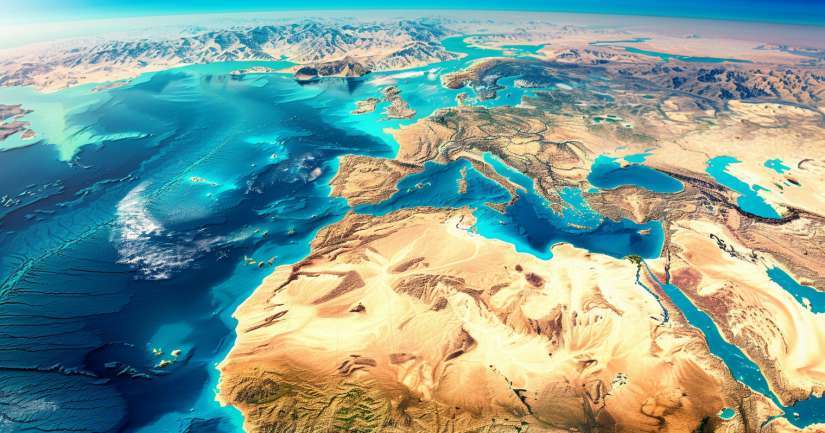Are you ready to test your knowledge of Middle East geography? This engaging quiz offers a fantastic opportunity to explore this fascinating region. By participating, you’ll uncover interesting facts about countries, capitals, and landmarks. You’ll also gain a deeper understanding of the cultural and historical significance of this diverse area.
Expect questions that challenge your memory and spark your curiosity. From bustling cities to vast deserts, the Middle East has it all. This quiz will help you appreciate the region’s beauty and complexity.
Not only will you learn new things, but you’ll also reinforce what you already know. So, dive in and see how much you can discover. Whether you’re a geography buff or just looking to expand your horizons, this Middle East Geography Quiz is perfect for you. Let’s start this exciting journey and see where your knowledge takes you!

Middle East Geography – FAQ
The Middle East typically includes countries in Western Asia and parts of North Africa. These countries are often Bahrain, Cyprus, Egypt, Iran, Iraq, Israel, Jordan, Kuwait, Lebanon, Oman, Palestine, Qatar, Saudi Arabia, Syria, Turkey, the United Arab Emirates, and Yemen. The exact list may vary depending on the context.
The Middle East boasts diverse physical features, including vast deserts like the Arabian Desert and the Syrian Desert, mountain ranges such as the Zagros and Taurus, and significant water bodies like the Red Sea, the Arabian Gulf, and the Mediterranean Sea. The region also includes fertile areas like the Nile Delta and the Tigris-Euphrates river system.
The Middle East experiences a range of climates. Most of the region has an arid or semi-arid climate, characterized by hot summers and mild winters. Some areas, like the Mediterranean coast, enjoy a Mediterranean climate with wet winters and dry summers. Mountainous regions can experience cooler temperatures and even snowfall in winter.
The Middle East’s strategic location at the crossroads of Europe, Asia, and Africa makes it pivotal for global trade. Important maritime routes, such as the Suez Canal and the Strait of Hormuz, facilitate the transportation of goods, particularly oil and gas. This geographic advantage has historically made the region a central hub for commerce.
Historical events have profoundly influenced the Middle East’s geography. The rise and fall of empires, colonial borders, and modern conflicts have all played roles. These events have led to the current political boundaries and demographic distributions, impacting everything from urban development to resource allocation. The region’s rich history continues to shape its present-day geographical landscape.
